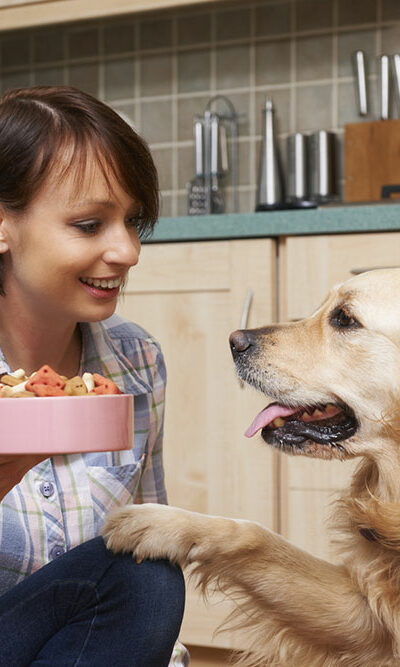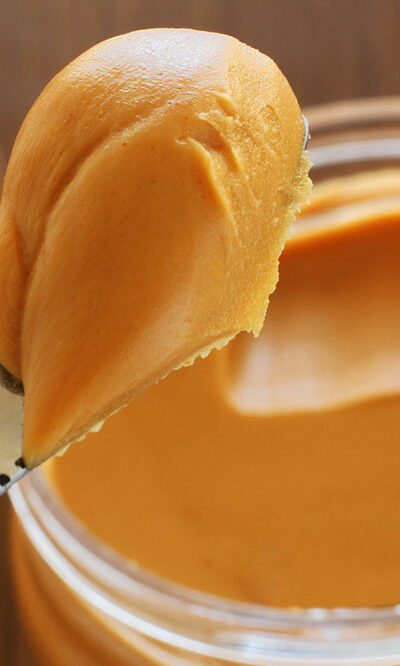
Identifying and Dealing with the Symptoms of Pet Allergies
Living with pets can be a pleasure. Their company helps you relax and enjoy life as they do, by living in the moment. However, there is always the possibility that you or someone in your family might have an allergic reaction to pets. Common pet allergies symptoms Pet allergies symptoms can affect the respiratory tract and manifest themselves in the form of common cold symptoms. You may also develop allergic reactions on the skin, which is also known as dermatitis if you come into contact with an animal. If you suffer from asthma, pet allergies could also aggravate the symptoms. Regular pet allergies symptoms Sneezing Nasal congestion Runny nose Itchy, watery eyes Facial pain due to congestion Coughing Dark patches under the eyes Dermatitis symptoms caused due to pet allergies Skin inflammation Itching Rashes or hives Pet allergies symptoms in asthma patients Disturbed sleep Chest tightness Breathing problems Wheezing Repeated inflammation of the nasal passage can create obstructions in the sinuses. This increases the chances for bacterial infections like sinusitis. Pet allergies can also be a serious threat to asthma patients. It can aggravate their problems to such an extent that it might need emergency medical attention. Confirm your allergy While a large number of people suffer from pet allergies, cat allergies are estimated to be twice as common as dog allergies. However, there are more pet cats than dogs in American households. If you feel you are allergic to dogs or cats but want to get a pet, you can try spending a day with a friend’s dog or cat. You can spend a day in the company of that animal to see how you react over a period of 24 hours. Get a medical test confirmation You can consult with an allergist who can help you make sure whether you have an allergy to a dog or cat.










